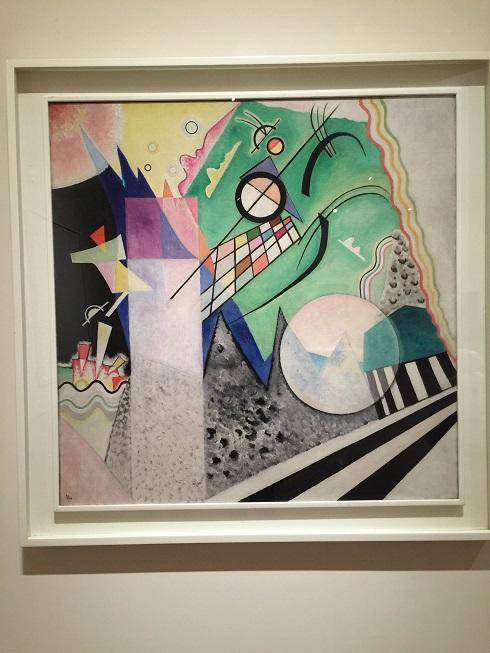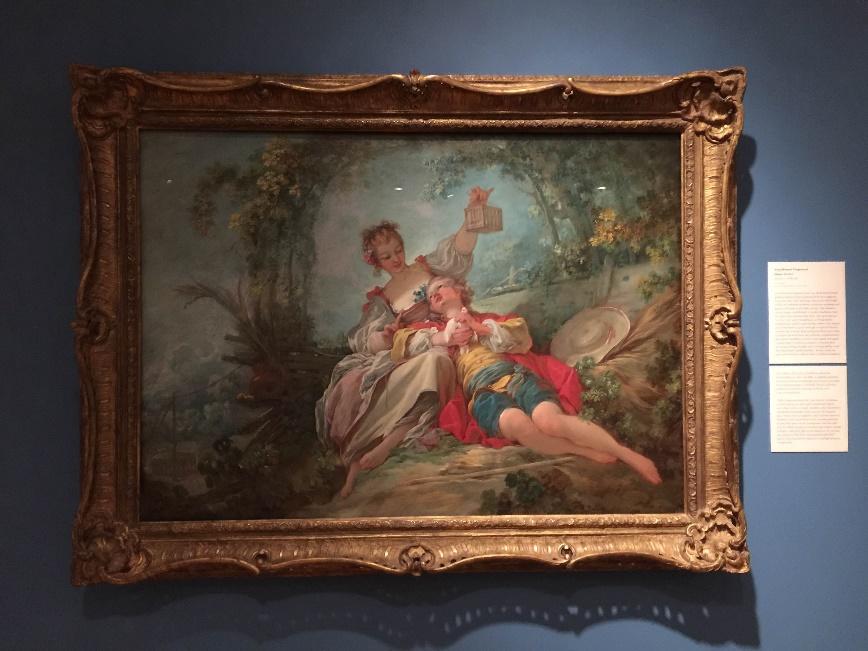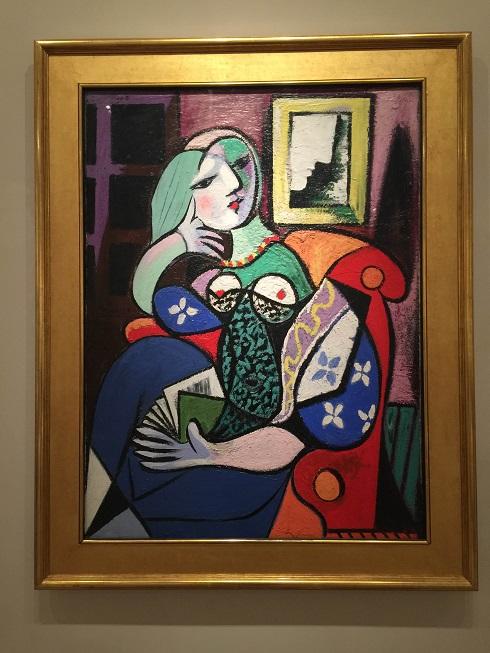The Norton Simon Museum is one of the most outstanding private art collection in the world. More than five hundred years of European art collection dating from the eighteenth century to the twentieth century are on permanent display. The Museum also features renowned performers as well as twentieth-century works by Vasily Kandinsky, Pablo Picasso and Jean Fragonard.
Besides, Norton Simon Museum has one of the outstanding collections from Asia spanning a period of two millennium. When I visited the Norton Simon Museum, I was concerned with how the artists of the twentieth century have used different elements and principles of art. While artists such as Pablo Picasso have used line and color, artists such as Fragonard have focused on movement and space.
Vasily Kandinsky is credited with using geometrical shapes, one of the most influential visual art of the early twentieth century. In his architectural design, Vasily Kandinsky broke down objects into simplified shapes. The pictorial space is shallow, and there is very little indication of depth. Instead of developing an illusion of a three-dimensional space, Vasily Kandinsky chose to focus on other formal elements such as shape and pattern (lines, dots and square) by tipping the tabletop on its side and simplifying and integrating the objects on its surface.
Vasily Kandinsky has worked as the head of the Bauhaus Art and Design School’s mural workshop. Specifically, this explains his interest in architectural design, a style that has developed with his artistic and theoretical activities.

Jean-Honore Fragonard’s painting, Happy Lovers, is a narrative about love and trust of the wealth while brimming with joy. In Jean-Honore Fragonard’s painting, two lovebirds have gotten way from the constraint of the courtyard to unknown date in provincial sanctuary. They adore each other. They wonder whether their love is entangled.
This scene is made more authentic with the luxurious weave of leaves, branches, and blossoms from the characters in the painting. Themes of movement and color encapsulate the decorative style of Fragonard’s painting. Colors shine in the front area and the background vanishes in a shady cloudiness.
The smiles and happiness of two lovebirds show Fragonard’s connection to the previous Baroque era which depended on a solid curve that portrayed the painting. The angle and shape of the legs and arms have been stressed by the landscape which leads the viewers to see the confinement in the hand of the young lady.

My favorite work from the European Early Modern collection was the drawing by Pablo Picasso, a 130.5 by a 97.8-centimeter painting of a woman with a book in 1932. The pose of Pablo’s woman with a book is based on a traditional portrait now found at the National Gallery in London, Madame Moitessier, painted by Jean-Auguste-Domonique Ingress in 1856, and yet there is very little that is conventional about the painting.
Picasso reinvented the classic subject and transformed it into a dreamy and exuberant portrait of the woman he loved, Marie-Therese Walter, using bright, vibrant colors and thick, curving black lines that create organic shapes. Picasso has done an exceptional work by using the line to unify the painting. There are many shapes and colors in the composition, and yet he tied them all together with thick black lines, generating a rhythm throughout the piece.
